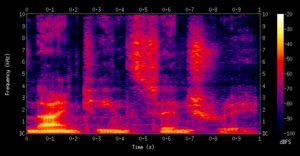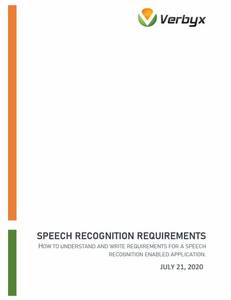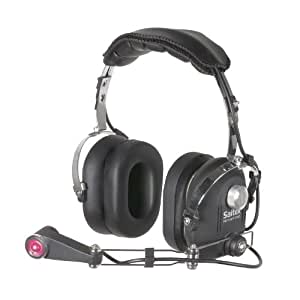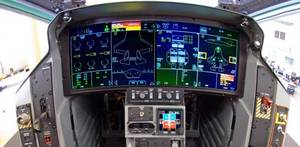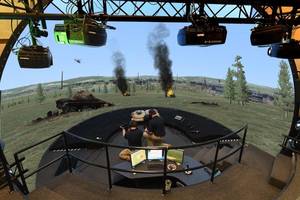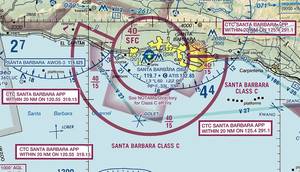
Artificial Grammar Limitations, A Good Idea?
Using Artificial Grammar Limitations Speech recognition is a valuable addition to any simulation training system, but only if implemented correctly. There are many considerations for what implemented correctly means. In this article, we will discuss the use of artificial grammar limitations e.g., state-based grammar, and

